Publications on Adolescents
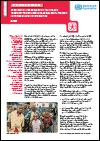
This policy brief highlights key elements of the 2020 WHO consolidated HIV strategic information guidelines pertinent to HIV testing and treatment for children. It is designed to support country strategic information teams to choose, collect and systematically analyse the strategic information needed to strengthen programme management and monitoring of testing and treatment for children and adolescents.

The major causes of morbidity and mortality among children living with HIV in low- and middle-income countries are pneumonia (including Pneumocystis pneumonia), tuberculosis (TB), bloodstream infections, diarrhoeal disease and severe acute malnutrition. In addition, for adolescents living with HIV, adult-type opportunistic infections also occur, including cryptococcal meningitis. WHO published guidelines on the management of advanced HIV disease in 2017, promoting a package of interventions to prevent, identify and treat HIV-associated infections among people with advanced HIV disease.
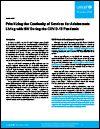
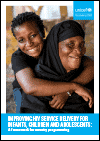
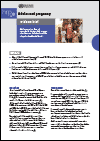
In many societies, girls are under pressure to marry and bear children early. In low- and middle-income countries, over 30% of girls marry before they are 18 years of age; around 14% before the age of 15. Early marriage generally leads to early child bearing, in accordance with social norms.
In many places girls choose to become pregnant because they have limited educational and employment prospects and given that motherhood is valued, marriage/union and child bearing may be the best of the limited options they have.
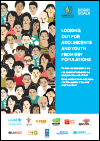
This formative assessment on the needs of adolescents and youth at risk presents the experiences of adolescents and young people including those from key populations and the perspectives of experts working with young people in the four domains: education, parental and peer support, communication and mental health – in relation to HIV risk and prevention, and broader sexual reproductive health rights, including perceived needs, access to and use of services, and barriers and opportunities for young people.

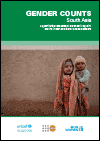
Gender Counts, a new, first-of-its-kind review, utilizes quantitative data to provide a comprehensive profile of how gender inequality impacts girls and boys, in the low and middle-income countries in Asia-Pacific. This report focuses on South Asia. The reports describe the effects of gender inequality in the domains of health, education and transition to employment, protection and safe environment.
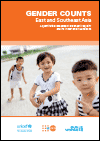
This review utilizes national-level quantitative data to provide a comprehensive profile of how gender inequality impacts girls and boys, in low and middle-income countries in East Asia and Southeast Asia. This report describes the effects of gender inequality in the domains of health, education and transition to employment, protection and safe environment.






